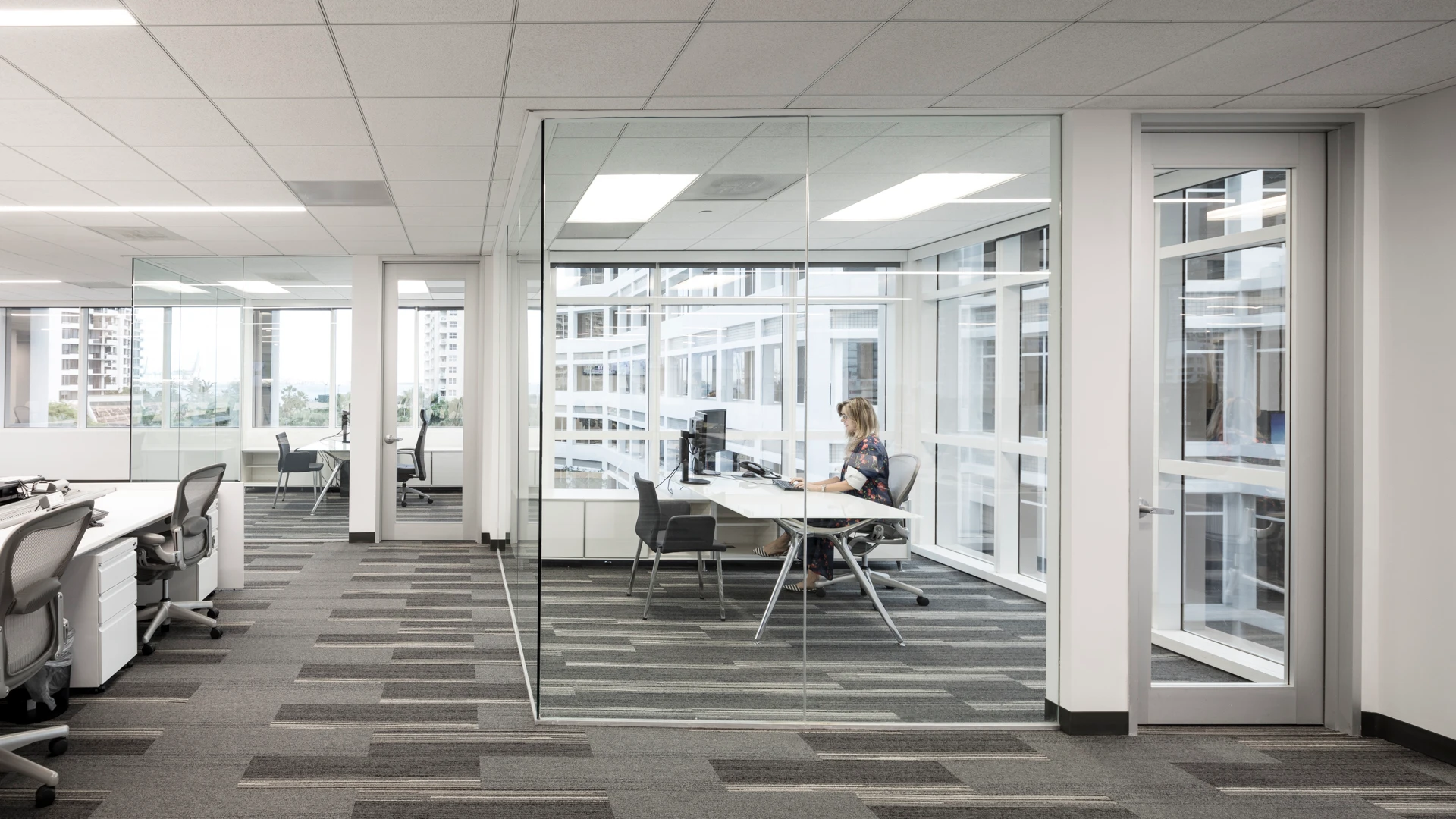Architecture
Office Expansion Made Simple: Expert Advice for Architecture Firms

10 Expert Tips for a Smooth and Successful Office Expansion
Office expansion is a pivotal milestone for growing businesses, especially for design-focused organizations. Effective office expansion planning for architecture firms requires more than securing extra square footage—it’s about aligning growth strategies with culture, operations, and long-term goals. Here are ten expert tips to ensure a smooth and successful transition.
1. Define Strategic Objectives Early
Clarify why expansion is necessary—whether for headcount growth, better location, or enhanced client-facing space. Clear goals prevent misaligned investments.
2. Conduct a Needs Assessment
Engage leadership and employees to identify functional requirements. Architects should evaluate collaboration styles, amenities, and workflows that need improvement.
3. Budget Beyond Rent
Account for fit-out costs, construction, furniture, technology, and relocation logistics. Expansion budgets extend far beyond monthly rent.
4. Select the Right Location
Proximity to clients, accessibility for staff, and local amenities matter. Architecture firms often choose locations that reinforce brand identity and attract talent.
5. Plan for Flexibility
Design adaptable layouts with modular furniture, scalable technology, and multi-use spaces that evolve with your business.
6. Prioritize Culture and Brand Identity
Use expansion as an opportunity to strengthen culture. Incorporate brand values into design elements, from collaboration zones to sustainable materials.
7. Address Compliance and Regulations
Large expansions may trigger additional requirements. Consult with legal and compliance experts early to avoid costly setbacks.
8. Focus on Technology Integration
Ensure seamless IT, video conferencing, and cloud systems integration. Technology should enhance—not hinder—collaboration.
9. Manage Change Proactively
Expansions can cause uncertainty. Transparent communication and regular updates build excitement and employee buy-in.
10. Work with Experienced Partners
From brokers to project managers, experienced partners streamline the expansion process, ensuring timely, budget-conscious delivery.
Common Pitfalls to Avoid
- Underestimating costs beyond rent.
- Overlooking culture and employee engagement.
- Failing to plan for future growth, leading to premature relocation.
Conclusion
Successful office expansion planning for architecture firms requires foresight, collaboration, and attention to culture and design. By following these ten tips, firms can turn expansion into a catalyst for growth rather than a disruptive challenge.



